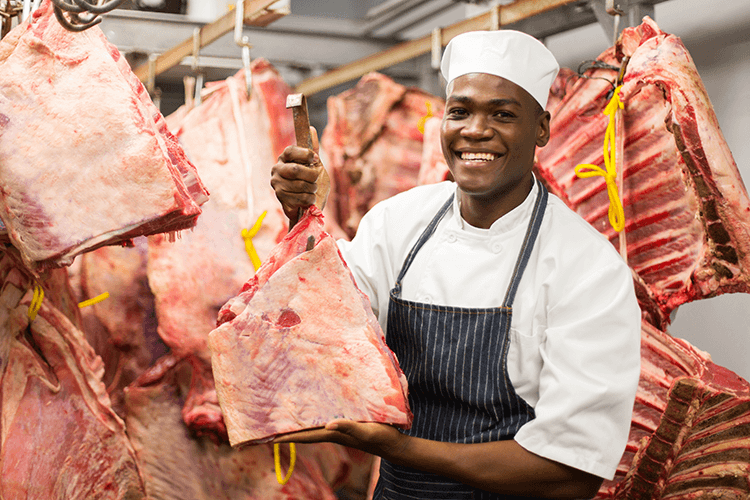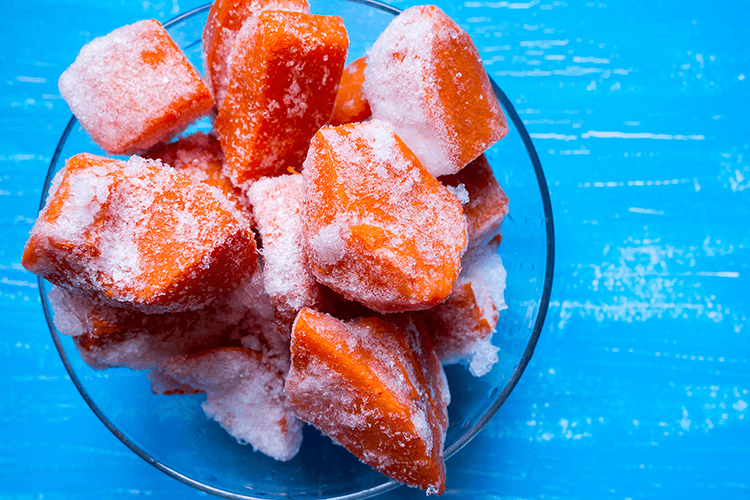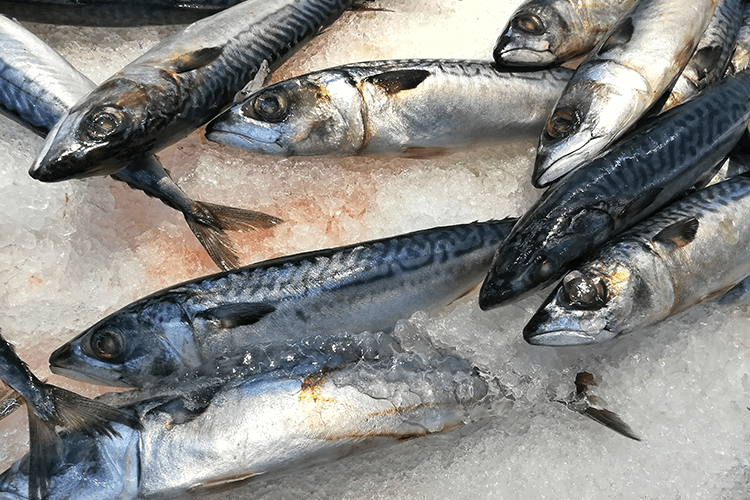Abiding by cold storage temperatures is essential to ensure maximum freshness and prevent bacterial spread. With a bit of patience and a commercial cold storage unit, this doesn’t have to be a difficult task.
This guide to chilling takes you through the ins and outs of storing fresh produce and explains why temperature is the key to keeping your foodstuffs safe for customers.
Understanding the Danger Zone
It’s common knowledge that leaving produce at room temperature level can be dangerous because of the threat of bacteria. However, food only has to reach a temperature of 4°C or higher for bacteria to develop.
Even at this low temperature, harmful bacteria will begin to develop within half an hour in produce, which is why it’s so important to chill food immediately. Within four hours, bacteria will have reached critically dangerous levels and could seriously harm someone.
Harmful bacteria can live on foods even after produce is cooked, so it’s not worth the risk if produce has been left unrefrigerated. Not only can bacteria cause a number of illnesses, such as Salmonella and Campylobacter, these bacteria can easily spread throughout a kitchen, infecting other healthy produce and kitchen items.
If you want to avoid the bacteria danger zone, ensure your foods do not reach temperatures of 4°C or above whilst in storage.
Chilling at a Safe Temperature
As 4°C and above is considered dangerous for fresh produce like meat, fish and poultry, it makes sense that anything below this is generally considered safe. Whilst there is no ‘one temperature fits all’ when it comes to chilling food, the lower the temperature the longer produce is likely to last – with some exceptions where certain foods are damaged by low temperatures.
This is why many businesses choose to freeze their food at the recommended temperature of -18°C, rather than keep it chilled. However, if you want to serve fresh, unfrozen produce, anything under 4°C is considered safe.
The easiest way to ensure your produce is chilled at a safe and consistent temperature is with a commercial cold storage unit. Grade A cold stores come with temperature monitoring and recording as standard to allow you to keep your goods at a safe and consistent temperature during their time in storage.
Let CRS help you find a cold storage solution that’s right for you.

Best Practices for Storing Chilled Goods
Keeping your goods in cold storage below 4°C is the most effective way to prevent spoilage but there are some best practices and guidelines you can follow to extend the freshness of your produce.
Be capacity aware
Your cold storage unit will have a maximum capacity and this should be respected if you want it to perform at its best. When stocking your unit, always ensure produce is well spaced so that air can circulate freely. Not doing so can result in temperature dips, which eventually leads to faster produce spoilage.
Quick cooling
If you’re planning on chilling cooked foods, its important cool them as quickly as possible after cooking to minimise the time dishes are spend in the ‘danger zone’. A blast chiller is the quickest and safest way to do this to prevent bacterial development.
Check your temperatures
A temperature monitoring system is essential for any cold storage unit but it is also essential to regularly check and record internal temperatures manually. This allows you to look out for any fluctuations that might damage the quality of produce.
Our Cold storage Temperature Ranges are as follows…
+25 to +60ºC | Incubator Stores / Hot Boxes
+15 to +25ºC | Ambient Storage / Room Temperature
+8 to +15ºC | Cool Storage
+2 to +8ºC | Cold Storage / Chilled Stores
-4 to +2ºC | Refrigerator Storage
-40 to 0ºC | Frozen Storage
-70 to -40ºC | Ultra-Low Storage
Cross contamination
Always avoid storing raw produce with cooked food and fruits/vegetables as this dramatically increases the chances of cross contamination. Raw produce should be well packaged and only stored alongside the same type of product.
E.g. All fish products should be stored together but must also be well separated from all meat products.
How Long Do Most Chilled Foods Last in Cold Storage?
Not all foods will last the same length of time in cold storage but if your food is chilled to the correct temperature then it should be easy to tell. Even when purchased in bulk, most fresh produce has a use-by date, so be sure to pay attention to that.
Despite this, there are average shelf life times that certain foods typically fall into and some of these can be seen in this graph.
|
Food Type |
Avg. shelf life when stored below 4°C |
|
Meat (beef, lamb, pork etc.) |
3-5 days |
|
Cured meats (salami, chorizo, prosciutto etc.) |
2-3 weeks |
|
Minced meat and offal (liver, heart, kidneys etc.) |
2-3 days |
|
Poultry |
3 days |
|
Seafood (prawns, mussels, crab etc.) |
2-3 days |
|
Fruit juice (orange, cranberry, grape etc.) |
7-14 days |
|
Cream |
5 days |
|
Milk (all types) |
5-7 days |
|
Young Cheese (cream cheeses, cottage, ricotta etc.) |
10 days |
|
Hard Cheese (cheddar, parmesan etc.) |
Anywhere between 1-3 months |
|
Eggs |
3-6 weeks |
Whilst these shelf life averages can go some way in helping you to understand how fresh your produce is they shouldn’t be taken as a definite. It’s always best to check food carefully before deciding to use it.

Has your Produce Gone Bad?
Concerned your chilled produce might be off? If food has been chilled correctly in temperature controlled cold storage and is still supposedly within its safe use-by date, it’s unlikely to be off. Nonetheless, sometimes a number of variables can lead to premature food deterioration and bacterial development.
Here are a few ways to check:
Sight – Does the produce have a colour that is unusual? Many meats will go grey or can be visibly slimy when off. If you’re produce has started to discolour, even in small areas, it could be harbouring harmful bacteria and should be disposed of.
Smell – Meat and poultry should have little to no odour when fresh, so if there’s an unpleasant smell, it’s definitely no longer safe to consume. Many fish products are the same and should have little to no smell (apart from smoked fish) when fresh. Fish products are usually unsafe when they begin to develop an unusually strong fish odour.
Texture – Texture is very important when determining the freshness of things like fruits and vegetables. If your produce is soft to the touch when it shouldn’t be, then it’s time to throw it out. Even if it looks ok on the outside, an unpleasant texture can signify deterioration and possible bacterial growth, so it isn’t worth the risk.
The most important thing to remember is that if you’re not certain your food is safe then throw it away. It’s not worth risking your customer’s health or the reputation of your business, just remember to learn from your mistakes and follow best practices next time around.













